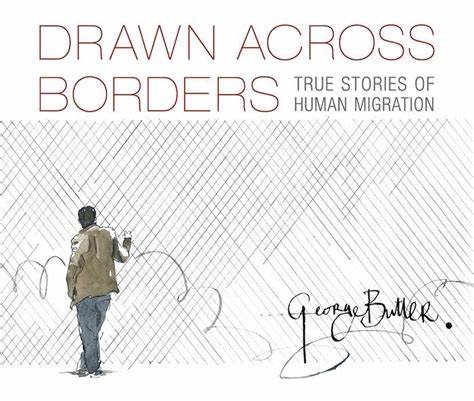When the Soviet Union collapsed in 1991, the newly independent Tajikistan was left poor and without resources. Since then, many of its people have relied on taking the train that leaves Dushanbe, the capital, twice a week to find work in Russia. On its four day journey the train winds its way through Uzbekistan, Turkmenistan, and Kazakhstan and into Moscow. What little money people make there they send home. When I visited Tajikistan in 2015, an estimated 50 percent of the economy was supported in this way.
I followed Abdullo, a young Tajik man who father had been killed in the civil war that started after the country gained independence, to catch the train to Moscow. This was his fourth trip to Russia. Each time he stayed for six months, working on freezing construction sites, and sent the money he earned back to his mother, wife, and baby daughter in the Rasht Valley.
The conditions were atrocious, and I could see the ways in which Tajiks were treated as second-class citizens, as the train guards searched my bags, asked aggressive questions, and even suggested I was a spy.
When I first met Abdullo, he had been a confident figure with his bright pink T-shirt, cowboy hat, and a cigarette hanging down from his bottom lip. As we got closer to Moscow I observed his body language change: his shoulders became hunched; he smoked more and pulled his hood low over his eyes. His discomfort was obvious.
Tajik migrants work in twos and threes to finish the interiors of some of the new apartment buildings being built across Moscow. At night, workspace becomes living space. Many migrants choose not to leave the sites at all, spending months in one apartment after another, rather than risk attracting attention from the police. It struck me that human migration is often thought of as one-directional, but this movement of people is on a continuous loop–an enormous, annual commute to work.
Not everyone can make this long journey. I returned to Tajikistan to speak to those left behind. One morning in the rural Rusht Valley, I followed a young boy called Abdul Kareem as he set off from his village with his heard of goats, straight up a mountain. As I caught my breath and began to draw him, he told me, “My father has worked in Moscow for one and a half years, only returning when he fell ill. I want to go to Russia to work in construction too . . . or just to go with my father. I miss him when he is there.”
I forgot during this grown-up discussion about life that Abdul was only twelve. And no sooner than I had started my drawing than he stood up and ran back down the mountain for school in the afternoon. As he left he said, I like English the most because if you can read it you can speak it.”
Comprehension Questions
1. What are the men leaving their country?
A. To go to Mecca.
B. To try to become citizens of Russia.
C. To work in construction and send the money back home to their families.
A. He gets boisterous.
B. He starts singing and dancing.
C. His posture looks heavy and he begins smoking more.
Your Thoughts
Vocabulary
4. List any vocabulary words below.

